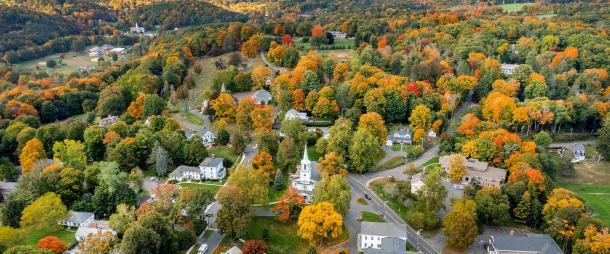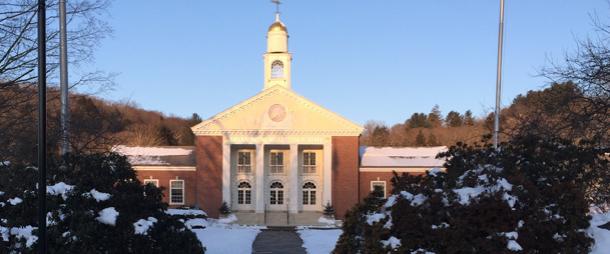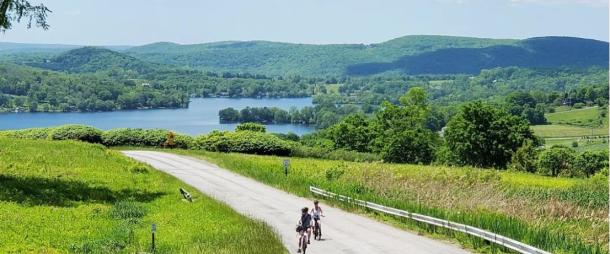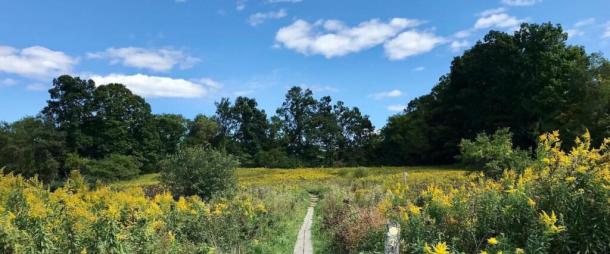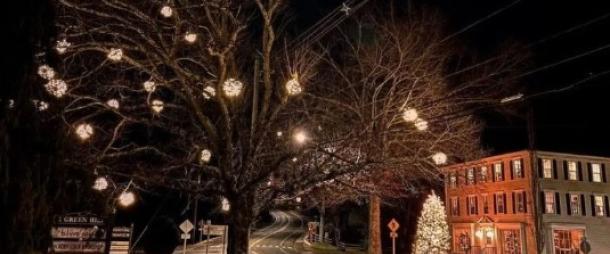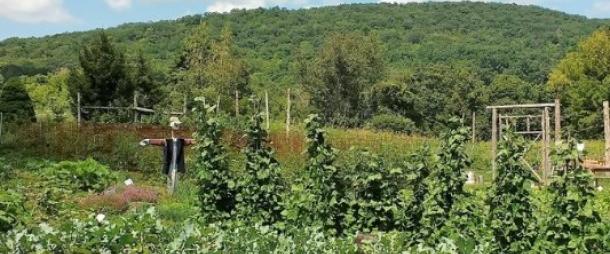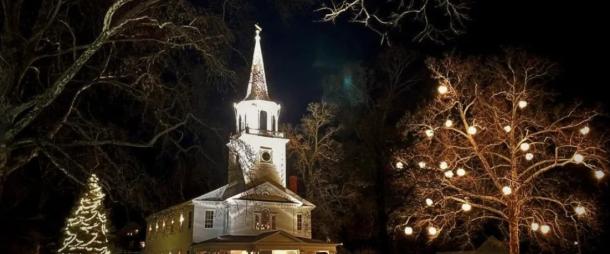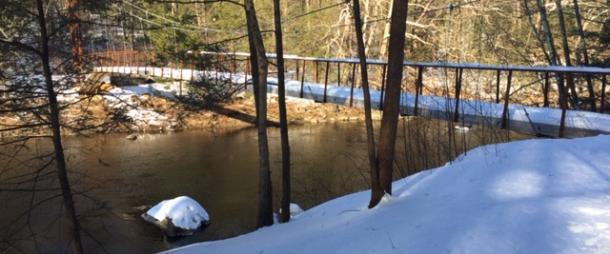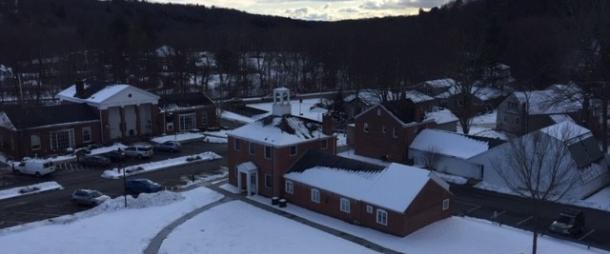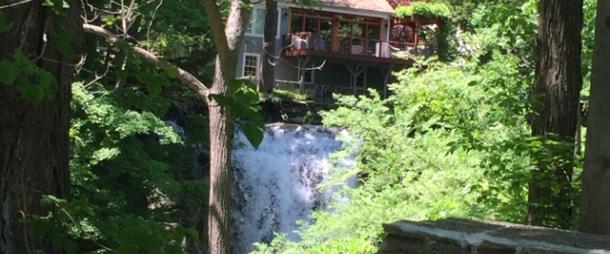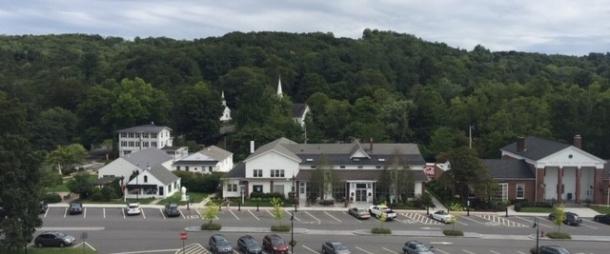Invasive Plants of Washington
This is a list of the non-native invasive plants that are present in Washington. It was derived from Non-native Invasive and Potentially Invasive Vascular Plants in Connecticut by Mehrhoff, L.J., K.J. Metzler and E.E. Corrigan (available as a PDF download from the Connecticut Invasive Plant Working Group website).
What makes a plant invasive? Refer to criteria here.
Please note that the terms Widespread and Invasive, Restricted and Invasive, and Potentially Invasive refer to plant status in Connecticut; status of certain plants in Washington, if different, is noted. For definitions of terms, please refer to the above website.
Widespread and Invasive
| Scientific Name | Common Name | Lifeform | Habitat |
|---|---|---|---|
| Ailanthus altissima | Tree-of-heaven | T | U |
| Alliaria petiolata | Garlic Mustard | H | U |
| Berberis thunbergii | Japanese Barberry | S | U |
| Cardamine impatiens | No common name | H | U |
| Celastrus orbiculatus | Asiatic Bittersweet | V | U |
| Centaurea maculosa (also called Centaurea biebersteinii) | Spotted Knapweed | H | O |
| Cynancum louiseae | Black Swallowort | H,V | U |
| Elaeagnus umbellata | Autumn Olive | S | O |
| Euonymus alatus | Burning Bush | S | U |
| Fallopia japonica (also called Polygonum cuspidatum) | Japanese Knotweed | H | U,W |
| Frangula alnus (also called Rhamnus frangula) | European Buckthorn | S | U |
| Hesperis matronalis | Dame's Rocket | H | U |
| Iris pseudacorus | Yellow Iris | H | U |
| Lonicera x bella | Bella Honeysuckle | S | U,W |
| Lonicera japonica | Japanese Honeysuckle | V | U,W |
| Lonicera morrowii | Morrow's Honeysuckle | S | U,W |
| Lythrum salicaria | Purple Loosestrife | H | W |
| Microstegium vimineum | Japanese Stiltgrass | G | U |
| Myosotis scorpiodes | Forget-me-not | H | W |
| Nasturtium officinale (1) | Watercress | H | W |
| Phragmites australis | Common Reed | G | U,W |
| Rhamnus cathartica | Buckthorn | S | U |
| Robinia pseudoacacia | Black Locust | T | U |
| Rosa multiflora | Multiflora Rose | S | U |
Restricted and Invasive
| Scientific Name | Common Name | Lifeform | Habitat |
|---|---|---|---|
| Lonicera maakii (2) | Amur Honeysuckle | S | U |
| Tussilago farfara | Coltsfoot | H | U,W |
Potentially Invasive
| Scientific Name | Common Name | Lifeform | Habitat |
|---|---|---|---|
| Acer ginnala | Amur Maple | T | U |
| Acer pseudoplatanus | Sycamore Maple | T | U |
| Aegopodium podagraria | Goutweed | H | W |
| Datura stramonium | Jimson-weed | H | C |
| Elaeagnus angustifolia | Russian Olive | S | U |
| Elsholtzia ciliata | Elsholtzia | H | U |
| Fallopia sachalinensis (3) | Giant Knotweed | H | U |
| Glechoma hederacea | Gill-over-the-ground | H | W |
| Ligustrum (4) | Privet | S | U |
| Lychnis flos-cuculi | Ragged Robin | H | O |
| Lysimachia nummularia | Money | H | W |
| Phalaris arudinacea | Reed Canary Grass | G | W |
| Poa compressa | Canada Bluegrass | G | W |
| Polygonum caespitosum | No common name | H | U |
| Rumex acetosella | Sheep Sorrel | H | U |
| Solanum dulcamara | Climbing Nightshade | H,V | U,W |
Key
Lifeforms:
- T = tree
- H = herbaceous plant
- S = shrub
- G = grass
- V = vine
- A = aquatic
Habitats:
- U = uplands (all upland habitats including closed-canopy forests, second-growth woods, fields, grasslands, ridge tops, sand barrens, pitch pine scrub lands, etc.)
- O = open areas (fields, grasslands, sand barrens, dry meadows, etc.)
- W = wetlands (swamps, marshes, wet meadows fens, bogs, flood plains, flood plain forests, pond and stream shores)
- L = lakes (ponds, impounded water)
- R = rivers (streams, in running water)
- C = coast (sand dunes, rocky headlands, upper edges of salt water tidal marshes)
1,3 Restricted and Invasive in Washington
2 Widespread and Invasive in Washington
4 Species present in Washington not yet determined
Please note that Giant Hogweed (Heracleum mantegazzianum) is not included in the above list as it has not yet been observed growing outside of cultivation in Washington (refer to criteria here).
Compiled and edited by E. Corrigan,
Conservation Commission
Co-chair Connecticut Invasive Plant Working Group
December, 2004

